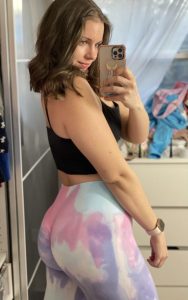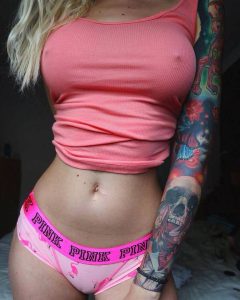The World of Amazing and Wonderful Models: A Glimpse into Glamour and Influence
In the dazzling realm of fashion and media, models have always held a captivating allure. These individuals, who grace the covers of magazines, walk the most prestigious runways, and represent globally renowned brands, are not just faces of beauty but icons of influence, culture, and change. The world of modeling is as diverse as it is dynamic, encompassing a spectrum of talent that extends far beyond traditional beauty standards. This article delves into the lives and careers of some of the most amazing and wonderful models who have left an indelible mark on the industry.
The Pioneers of Diversity
One cannot discuss the evolution of modeling without acknowledging the trailblazers who shattered barriers and redefined beauty standards. Naomi Campbell, often referred to as the “Queen of the Catwalk,” is one such icon. Starting her career in the late 1980s, Campbell broke racial barriers and became one of the most recognizable faces in fashion. Her fierce walk and striking features earned her a place among the original supermodels, and she has used her platform to advocate for greater diversity and inclusion within the industry.
Similarly, Alek Wek, a South Sudanese-British model, revolutionized perceptions of beauty with her dark skin and natural hair. Discovered at 18, Wek quickly rose to fame and became a symbol of empowerment for women of color. Her presence in high fashion challenged the industry’s Eurocentric standards and paved the way for future generations of diverse models.
Modern Icons of Influence
In recent years, the modeling industry has seen a surge of fresh faces who bring their unique stories and perspectives. Gigi Hadid and Kendall Jenner, both of whom emerged from high-profile families, have managed to carve out their own identities in the fashion world. Hadid’s versatile look and Jenner’s statuesque presence have made them staples on runways and in campaigns worldwide.
Ashley Graham, a prominent plus-size model, has been a forceful advocate for body positivity. Graham’s career took off after her appearance on the cover of Sports Illustrated’s Swimsuit Issue in 2016, making her the first plus-size model to achieve this feat. Her success has helped to expand the industry’s narrow definition of beauty and promote a more inclusive representation of body types.
The Rise of Digital Models
The advent of social media has significantly transformed the modeling industry, giving rise to digital models who wield immense influence online. Instagram, in particular, has become a launching pad for many aspiring models. Bella Hadid, the younger sister of Gigi Hadid, has utilized social media to amass millions of followers, creating a powerful personal brand that extends beyond traditional modeling.
Another remarkable digital model is Shudu Gram, the world’s first digital supermodel. Created by British photographer Cameron-James Wilson, Shudu is a CGI model who has gained a significant following on Instagram. Her existence blurs the lines between reality and virtuality, showcasing the potential of technology in shaping the future of fashion.
Models as Activists
Many contemporary models are leveraging their platforms to advocate for social and environmental causes. Adut Akech, a South Sudanese-Australian model, has been vocal about her experiences as a refugee and the importance of representation in the fashion industry. Her powerful storytelling and advocacy work have earned her recognition beyond the runway.
Similarly, Cameron Russell, a well-established model, has used her visibility to address issues such as climate change and gender equality. Russell’s TED Talk, “Looks Aren’t Everything. Believe Me, I’m a Model,” went viral, sparking conversations about the superficiality of the modeling industry and the need for systemic change.
The Future of Modeling
As the modeling industry continues to evolve, it is becoming increasingly inclusive and diverse. Agencies and designers are now more willing to embrace models of different ethnicities, body types, and gender identities. This shift reflects a broader societal movement towards acceptance and representation, and models are at the forefront of this change.
The future of modeling also lies in its ability to adapt to technological advancements. Virtual and augmented reality are poised to revolutionize fashion shows and campaigns, creating immersive experiences that transcend traditional boundaries. Models, both human and digital, will continue to play a pivotal role in these innovations.
Conclusion
The world of modeling is a fascinating tapestry of beauty, talent, and influence. From pioneering figures like Naomi Campbell and Alek Wek to modern icons like Gigi Hadid and Ashley Graham, models have continually pushed the boundaries of what is possible in fashion. As the industry embraces diversity and technology, the future looks bright for the next generation of amazing and wonderful models who will undoubtedly continue to inspire and captivate audiences worldwide.

























